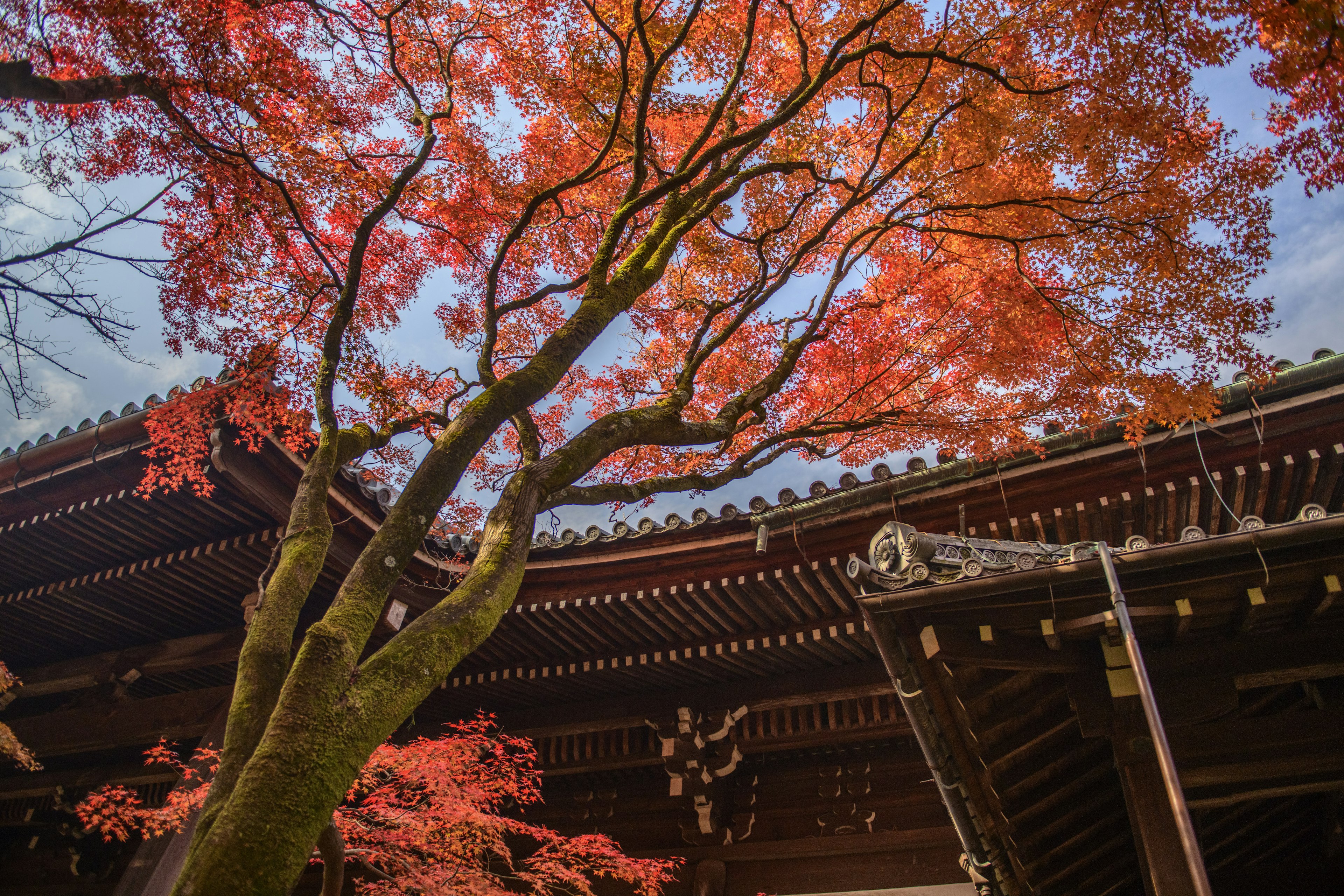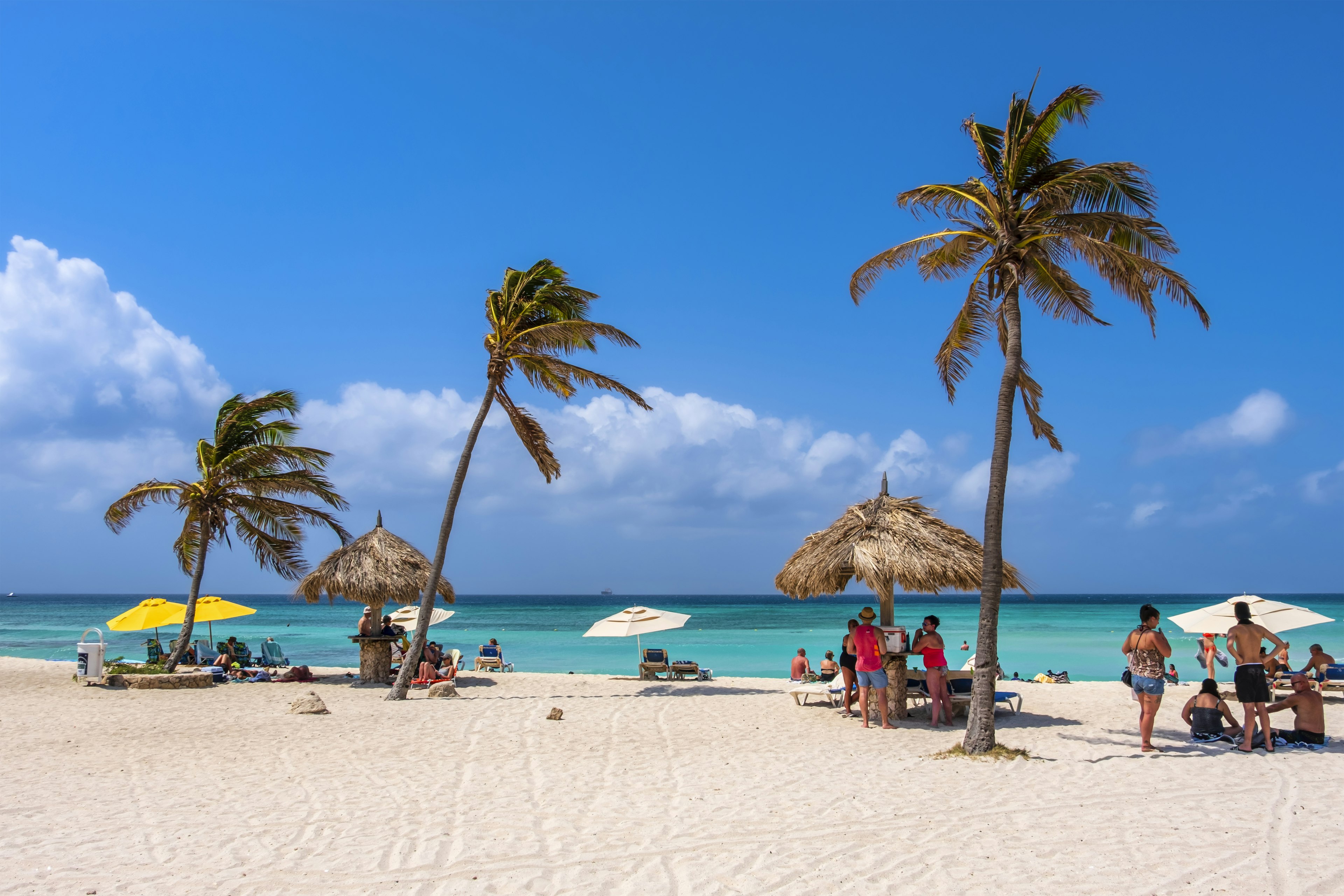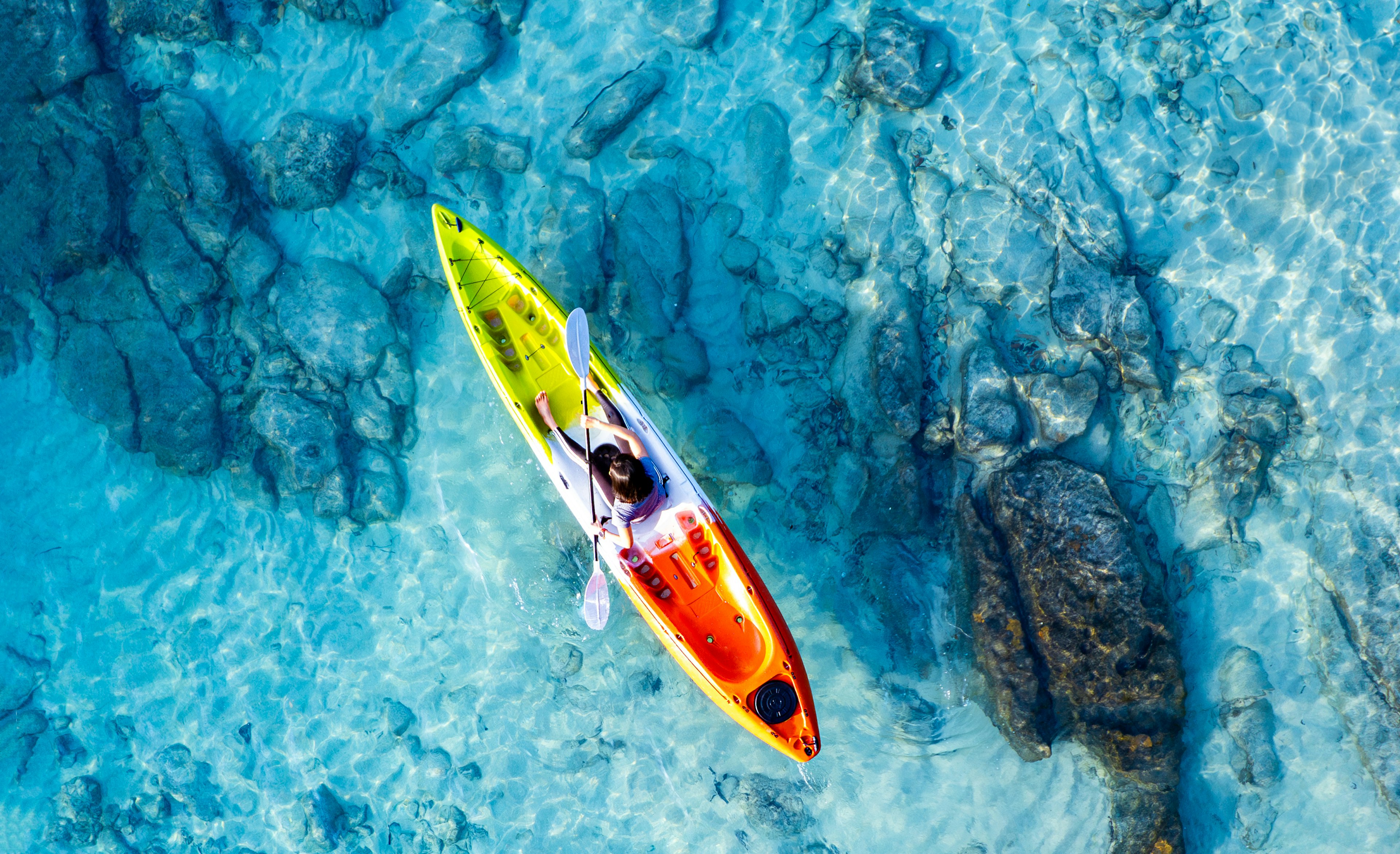Ocho de las montañas más altas del planeta se encuentran en Nepal, una nación renombrada principalmente por sus imponentes cumbres.
En otras palabras, aunque tus intereses sean diversos, el Himalaya seguramente será un componente central de cualquier recorrido a este maravilloso país. Caminar en, escalar y disfrutar de las vistas del Everest, Annapurna y sus vecinos a gran altura son momentos culminantes de visitar Nepal.
Sin embargo, no significa eso que el país se reduzca solo a montañas. Las atracciones únicas de Nepal abarcan culturas antiguas, junglas llenas de fauna y ríos largos y navegables.
Aquí le presentamos ocho de las mejores actividades en Nepal, desde las montañas y mucho más allá, una lista que tiene algo para cada viajero.

1. Camina entre las montañas más altas del planeta…
Aclaremos algo: hacer trekking y escalar montañas son cosas bastante diferentes. No es necesario escalar para pasear por senderos rurales, por aldeas, valles y bosques. Nepal es célebre por su trekking de montaña. Con rutas modernas que aprovechan senderos usados durante siglos, abunda la existencia de acogedores alojamientos y lugares para comer a lo largo del camino. De hecho, muchas áreas en Nepal están fuera del acceso por carretera, así que la única forma de acceder a muchas comunidades montañesas es a pie.
Desde paseos ligeros a bajas altitudes hasta expediciones de varias semanas, acampando y con caminatas de casas de té hasta aquellas que te llevan a alojamientos de lujo, existe un itinerario para prácticamente cualquier nivel de energía, presupuesto y tiempo disponible. Aunque el trekking al Campamento Base del Everest es muy popular, también es sencillo desviarse del camino más frecuentado y recorrer senderos que únicamente compartirás con aldeanos y sus burros y yaks.
Consejo de planificación: Cuidado al preguntar a los locales cuánto tomará caminar hasta tu destino. Muchos habitantes de las colinas y montañas de Nepal están acostumbrados a recorrer estos senderos de alta altitud, por lo que pueden subestimar significativamente el tiempo que le tomará a un visitante recorrer lo mismo. A menos que seas muy resistente y rápido, toma las estimaciones locales con cautela.
2. …o escala esas montañas, si buscas un reto
Algunas personas aventureras llegan a Nepal con la intención de escalar el Monte Everest (Sagarmatha en nepalí, Chomolongma en sherpa), pero con la abundancia de otras montañas en el país, quienes practican montañismo en serio no necesitan ir a tales extremos para conquistar un majestuoso pico. Si tienes experiencia en alpinismo en Europa o América del Norte, las montañas del Himalaya nepalí son un desafío natural que sigue a tus logros previos. Además de los gigantes, otras montañas populares para ascender incluyen el Pico Yala (18,110 pies/5520m), Lobuche (20,075 pies/6119m), y Imja Tse (20,305 pies/6189m). Los guías locales se asegurarán de que estés bien preparado y apoyado para la ascensión.

3. Disfruta del amanecer desde miradores en las montañas
No es necesario llegar a la cumbre para disfrutar de vistas espectaculares. Al suroeste de Katmandú, toma el teleférico hasta la estación de montaña Chandragiri para ver la Cordillera de Langtang, los nevados gigantes que se levantan en el horizonte septentrional, detrás de las colinas cubiertas de bosques del Valle de Katmandú. Para un viaje de una noche desde la capital, dirígete a Nagarkot o Namo Buddha, pueblos en las colinas con buenos alojamientos frente a las montañas. Entre Katmandú y Pokhara, la pagoda de cuatro niveles del Templo de Manakamana (accesible en teleférico desde Kurintar) ofrece estupendas vistas del Monte Manaslu, la octava montaña más alta del mundo; mientras que la antigua ciudad comerciante Newari de Bandipur es un lugar encantador para pasar la noche en un alojamiento estilo granja tradicional, y también cuenta con vistas de Dhaulagiri, Manaslu, y más.
En Pokhara, el teleférico de Annapurna asciende la Colina Sarangkot (un destacado lugar para el parapente) para ofrecer vistas de la hélice en forma de cola de pez del Monte Macchapucchre, mientras que el brillante domo blanco de la Stupa Shanti (Pagoda de la Paz Mundial), al sur del Lago Phewa en el centro de Pokhara, ofrece un panorama de la ciudad, el lago, las colinas circundantes y más allá las montañas.
Consejo de planificación: El amanecer es un momento especialmente adecuado para disfrutar de las vistas, ya que – además del atractivo brillo dorado – los cielos suelen estar despejados.

4. Realiza un safari en el Terai
Una región de llanuras cercana a India, el Terai brinda una experiencia totalmente diferente al Nepal montañoso. En los parques nacionales de la jungla aquí reside una gran población de rinocerontes de un solo cuerno, un número menor de tigres de Bengala en peligro y cocodrilos gaviales, además de otras criaturas y aves, incluidos cocodrilos mugger y diversas especies de ciervos.
El Parque Nacional Chitwan es el más famoso de los parques del Terai debido a su fácil acceso, aproximadamente a igual distancia de Katmandú y Pokhara; la ciudad de Sauraha es en particular un punto conveniente para el alojamiento y la organización de safaris. Si cuentas con más tiempo y buscas una vivencia menos turística, el remoto Parque Nacional Bardia en el extremo oeste de Nepal ofrece alojamientos que no son de lujo – pero una buena oportunidad de observar la fauna sin perturbaciones.
Desvío: Aún más al oeste que Bardia, el Parque Nacional Shuklaphanta se encuentra en el rincón suroeste de Nepal. Esta región apartada de bosques y praderas alberga muchos mamíferos y aves, destacándose una buena población de floricanos bengalíes (o avutardas de Bengala, aves impresionantes que están entre las especies voladoras más pesadas y en peligro crítico).

5. Atravesa ríos en una travesía de rafting en aguas bravas
La pendiente de los ríos mientras descienden desde las altas Himalayas hacia las llanuras proporciona emocionantes oportunidades de rafting en aguas bravas y kayak en Nepal. Se ofrecen excursiones de un día en el río Bhote Kosi, Trisuli y Seti desde Katmandú y Pokhara, y proporcionan una buena introducción al deporte si eres principiante o tienes poco tiempo. Las excursiones de rafting de varios días (con opciones de kayak para los experimentados) son el equivalente acuático de una larga caminata. Pasarás días remando y flotando por canales brillantes rodeados de colinas cubiertas de bosques y montañas, y pasarás las noches acampando en playas fluviales de arena blanca. Es probable que los guías te deleiten con interpretaciones a capela de canciones folclóricas nepalesas como “Resham Firiri” alrededor de la fogata después de haber preparado una comida para ti. Los ríos Sun Kosi (que significa “río de oro”), Karnali y Tamur son especialmente populares para viajes largos. GRG Adventure Kayaking, Ultimate Descents y Rafting Star pueden ayudarte a planificar tu aventura.

6. Lánzate desde montañas o cascadas
Los buscadores de emociones también pueden satisfacer su deseo de lanzarse desde lugares elevados mientras están rodeados de naturaleza impresionante. Gracias a sus térmicas estables, la colina Sarangkot en Pokhara es un lugar amado para el parapente; verás las coloridas velas flotando sobre el lago incluso si no participas tú mismo. Desde Pokhara, también puedes intentar el zip-lining, el puenting, las excursiones en ATV o incluso volar en una aeronave ultraligera. Desde Katmandú, The Last Resort, a 62 millas (100 km) de distancia, tiene un salto de cañón y una plataforma de puenting muy por encima del río Bhote Kosi, y también ofrece aventuras de barranquismo.
Consejo local: Entre Mugling y Narayanghat, fuera de la Carretera Prithvi, Jalbire es un lugar de barranquismo calificado como el mejor lugar en Nepal para practicar barranquismo por guías de río nepaleses entendidos. Las altas cascadas y los resbaladizos toboganes de roca aquí bien valen el desvío.

7. Experimenta siglos de historia en los sitios históricos de Katmandú
Habitado durante miles de años, Nepal posee una cultura influenciada tanto por la India al sur como por el Tíbet al norte. Mientras que el hinduismo es la religión dominante, también hay una significativa minoría budista, más visible en Katmandú y las áreas montañosas que limitan con el Tíbet. No necesitas ser creyente para apreciar los muchos sitios de peregrinación hindúes y budistas de Nepal, porque estos – y otros templos, palacios y estupas – proporcionan una visión fascinante de la cultura e historia nepalíes.
Entre la expansión de concreto de Katmandú, asegúrate de buscar la arquitectura hermosa y significativa de la ciudad. El Valle de Katmandú contiene siete zonas monumentales que en conjunto forman un Sitio del Patrimonio Mundial de la UNESCO. Si buscas qué hacer en Katmandú, estos sitios patrimoniales deben encabezar tu agenda.
Consejo de planificación: Pon en contexto la arquitectura religiosa y vernácula del Valle de Katmandú visitando el excelente Museo de Patan, dentro del antiguo edificio de palacio de ladrillo y madera tallada en la Plaza Durbar de Patan.

8. Prueba tu habilidad en (y compra) artesanías locales
Algunos barrios del Valle de Katmandú – particularmente Patan y Bhaktapur – son como museos vivientes de las artes y artesanías locales. Lo que a veces se toma como tallado, pintura o trabajo en metal “nepalí” es más específicamente Newari, creada por artesanos del grupo étnico que primero habitó el Valle de Katmandú. Alrededor de las callejuelas de Patan o Bhaktapur, verás a muchos artesanos trabajando en pequeños talleres detrás de sus frentes de tienda. Esta es una de las mejores cosas que hacer en Katmandú si te interesan las artes, las artesanías y las cosas generalmente hermosas.
Estas no son actividades puestas para turistas: las artesanías tradicionales siguen siendo una parte integral de la vida local y el culto aquí. La gente aún usa adornos de latón en su vida diaria y decoración, y amuebla sus hogares con marcos de ventanas y puertas talladas a mano. Si deseas aprender más y probar a fabricar algo tú mismo en un entorno amigable para visitantes, puedes tomar un taller de artesanía. Forja un cuchillo kukri, pinta un cuadro devocional budista llamado thangka, o crea tu propio collar de cuentas mala con un instructor experto.
Desvío: Fuera del camino principal entre Katmandú y Bhaktapur en el este del Valle de Katmandú, la ciudad menos conocida de Madhyapur es famosa por su cerámica. Sin embargo, muchos viajeros la pasan por alto o simplemente no saben que está allí. Si la cerámica es lo tuyo, desvíate para pasear entre las ollas de terracota dispuestas a secarse en lugares públicos en un día soleado.
Continúa planificando tu viaje a Nepal:
-
Cómo moverse por Nepal en autobús, avión y bicicleta
-
6 destinos de excursión de un día imprescindibles desde Katmandú
-
Elige tu cumbre: descubriendo las mejores regiones de trekking de Nepal























































